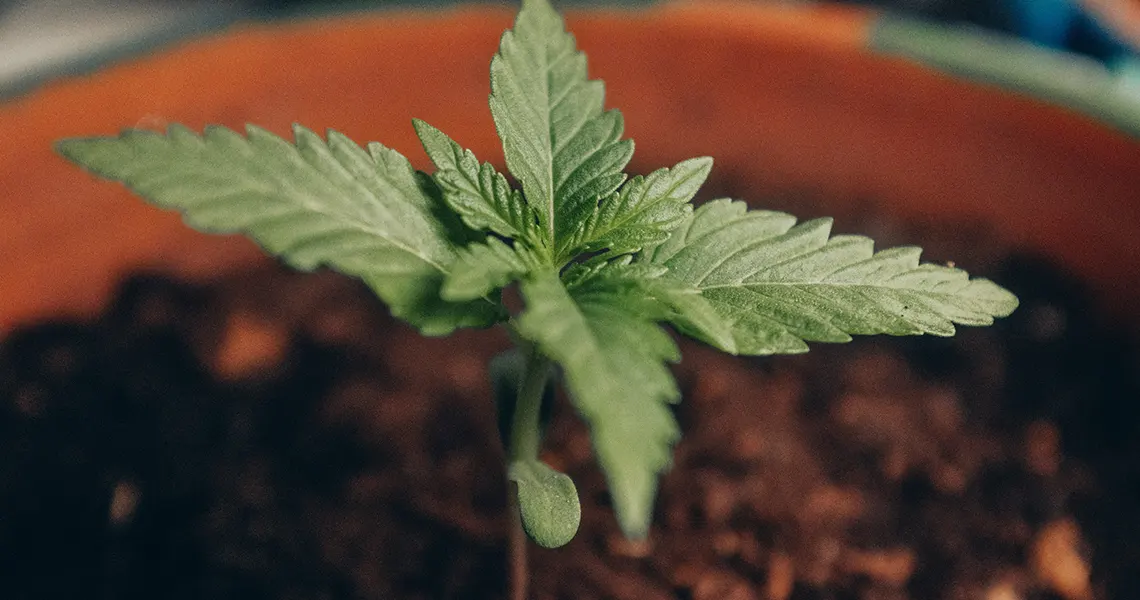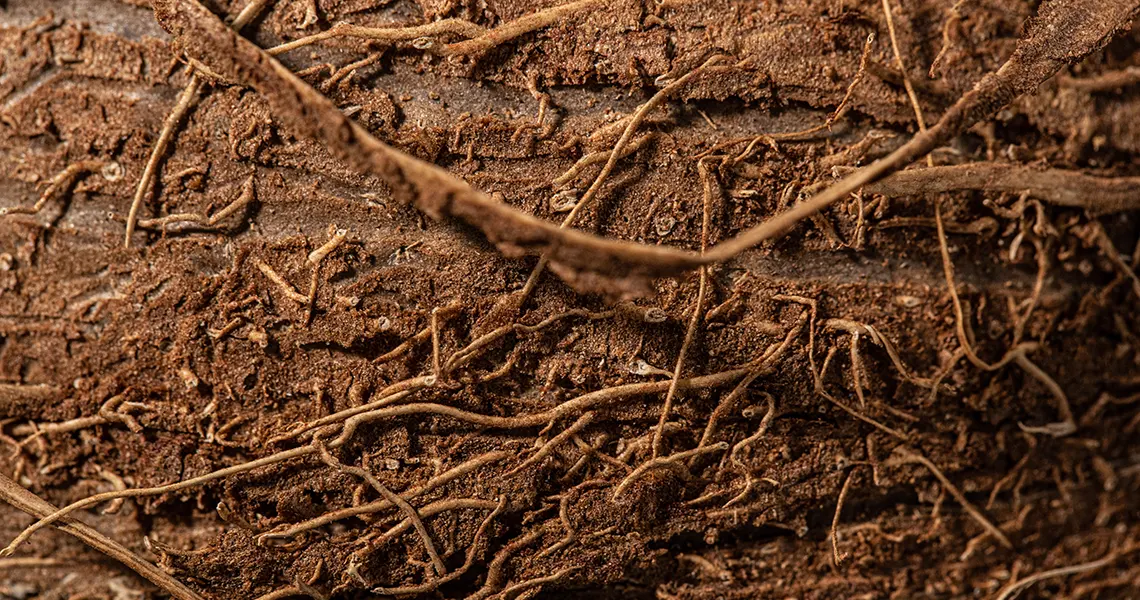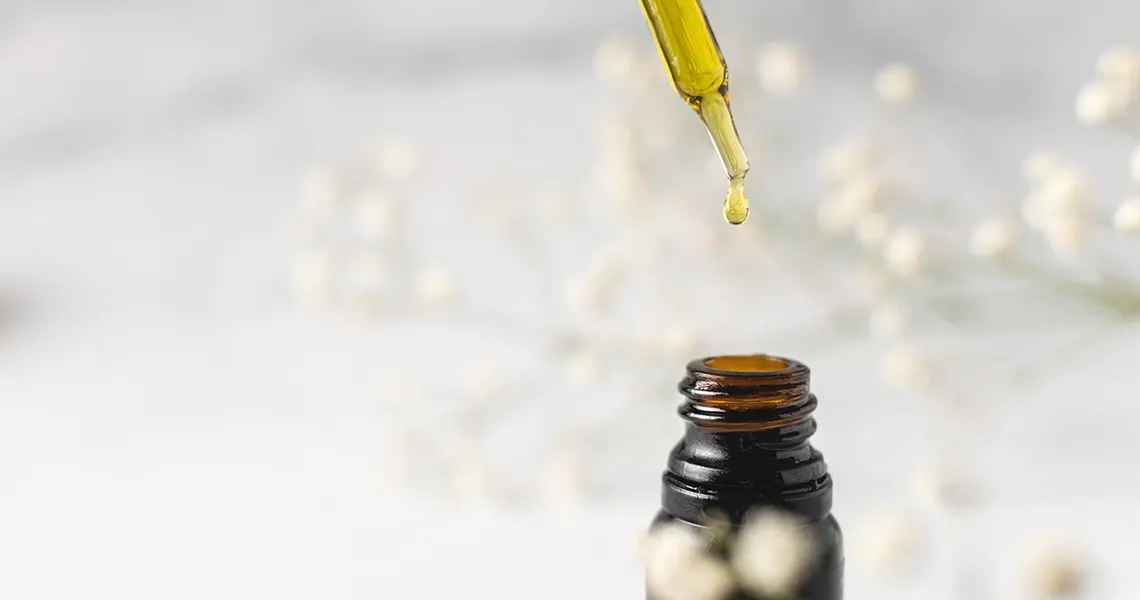
CBD: Where does it come from?
CBD has never been more widely used than it is today. Despite this, its origins go back generations. Yet CBD is still not fully understood.
We know where it comes from. We even have precise methods for extracting it. What we have very little knowledge about is how it works and whether or not it should be considered an effective alternative treatment.
CBD differs from its cousin, THC. This is the psychoactive component of the hemp plant. Though both compounds are clouded in a lot of mystery, both are thought to interact with a system in the body responsible for overall balance.
Exactly how either functions or the differences between the two remain to be seen.
CBD comes in many shapes and sizes. Typically, they are sold as oils or gummies. These have been marketed as relief for the symptoms of various conditions.
Anyone considering CBD as a treatment should first understand:
- where exactly CBD comes from
- how CBD is extracted and made into various products
- that it will take considerable time and effort to confirm its legitimacy as a treatment.
Always keep in mind that your doctor should be your first go-to in all matters concerning your health. They will help you decide if it’s the right move for you and answer any questions you have on CBD usage.
What plant does CBD come from?

Cannabidiol (or CBD for short) is a naturally occurring chemical compound. It’s found in and extracted from the hemp plant. It’s thought to be a possible treatment for the symptoms of various chronic conditions. This has not been proven, however.
The hemp plant contains more than 100 separate compounds. Other than THC, none are as frequently studied or even considered as cannabidiol.
THC is a compound famous for the “high” it induces. As such, it is notoriously controversial. This is one area where cannabidiol is distinct. It’s a non-psychoactive compound and so it does not produce any euphoric feelings.
Some plant-based treatments are specifically cultured to contain higher levels of either THC or CBD.
It’s worth noting that most commonly available CBD products (the legal ones) contain:
- 98% CBD
- 0.2 – 0.3% THC.
The cannabidiol manufacturing industry is strictly supervised. The effects of either substance are not fully understood, as such, these limitations exist to protect the consumer.
The most popular end form of CBD is oils. These have become a well-used alternative treatment since their legalisation in Australia.
This new legal status enables Australians to access cannabidiol through a doctor’s prescription. As the science behind CBD and THC is rather new, you should always consult your doctor before making any decision that may affect your health.
Which part of the plant does CBD come from?

Different parts of the hemp plant are known to contain assorted concentrations of its compounds. Cannabidiol is taken from both the leaves and flowers of the plant.
The remainder of the plant is said to have its uses too.
These include:
- the seeds: a strong source of vitamins and fatty acids
- the stalks: commonly used in the textile industry
- the roots: used in traditional and alternative medications for centuries.
Interestingly enough, some research suggests that merely growing the plant may have its benefits as well. Across the world, hemp is being used to ‘purify’ soils contaminated by the various chemicals used in industrial farming. Effectively healing the land itself.
Hemp doesn’t just survive in toxic soil. It thrives in it.
Of course, this is only the result of a single study. Much like the benefits of cannabidiol for people, the various functions of the hemp plant require significant further research.
How CBD is extracted from the hemp plant

CBD extraction is a complex process. There are numerous accepted methods, but most involve expensive specialised equipment. It’s highly skilled work that is generally done in laboratories.
These processes mostly make use of solvents.
Solvents are substances capable of dissolving other substances, called solutes. The result is what we call a ‘solution.’ In this case, the solution would be cannabidiol. Though there are other methods, solvent extraction is generally considered to be the most effective.
The process of winterisation follows cannabidiol extraction. This comes down to removing any unnecessary extras that may have ended up in our solution. This is done by adding alcohol then cooling and subsequently superheating the solution.
Suffice it to say, CBD extraction is best left to the experts.
Last thoughts on where CBD comes from
The use of the hemp plant goes back many years, and yet we are only beginning to understand its many properties. Of the 100+ compounds contained in the plant, cannabidiol is arguably the most well-known (at least next to THC).
Legal CBD products are made up of 98% CBD and 0.2 – 0.3% THC. Remember that you can only get CBD via prescription. This means that many of those online stores you’ve seen pop up are marketing unregulated products.
CBD production is a process where it pays to be precise. This is why it remains tightly regulated.
Despite CBD’s popularity, we still don’t quite understand its effects. If you’re interested in the potential benefits of cannabidiol, make sure to discuss it with your doctor before you commit.
